Advertisement
When we talk about AI and how it understands what we want, the idea of “prompting” comes right into focus. Basically, prompting is like giving instructions to a smart assistant. But not all prompting works the same way. One approach, called Zero Shot Prompting, makes the process a lot more interesting. It lets you ask for results without giving any examples first. Sounds strange? Let’s break it down.
Think about it like this: you're giving someone a task, but you don't show them how to do it first. You just describe what you want. In AI, this means you give the model clear instructions and trust that it understands enough to respond accurately. No extra examples, no hand-holding.
For instance, you might say, “Translate this sentence into French,” or “Summarize this article.” And the model just gets to work. No warm-up rounds, no practice examples. It’s like handing someone a blank sheet and expecting a full essay based on just the topic you provide.
This method works because the model has already trained on huge amounts of information. It has seen millions of ways people communicate, explain, and ask for things. So when you throw a new request its way, it leans on what it already knows to figure things out.
Now that we understand how it works, let’s talk about where it actually makes a difference:

Zero Shot Prompting is perfect when you don’t have time (or the patience) to prepare examples. You just need results. Imagine you’re writing a product description or crafting an email. You don't want to explain yourself in a hundred ways — you just want it done. A simple instruction usually gets you a usable response almost instantly.
One of the best things about Zero Shot Prompting is how flexible it is. From generating poems to giving coding tips, it adapts on the fly. This flexibility comes from how models are trained to recognize different kinds of requests without needing a hint every time.
Let’s say you’re trying something brand new. Maybe you want a slogan idea for a product or a breakdown of a technical topic. Zero Shot Prompting gives you a rough starting point. Sure, you might refine it later, but having something to react to beats staring at a blank screen.
Just because Zero Shot Prompting can handle a lot doesn’t mean you should leave everything to chance. A little strategy goes a long way. Here’s what helps:
The clearer you are, the better the outcome. If you say, “Write about sports,” you could end up with anything from soccer tips to the history of basketball. But if you say, “Write a 200-word blog post explaining why swimming is the best exercise,” you’ll get a much closer match.
If you want a bullet list, ask for it. If you want a formal tone, say it. Models understand structure and tone when you spell it out. Vague requests usually mean more editing work for you later.
You can set limits like word count, reading level, or even the target audience. Simple sentences like “Keep it under 300 words” or “Explain it so a 10-year-old can understand” are surprisingly effective.
Sometimes, the first result isn't quite right. Instead of giving up, tweak your instruction. A small change in how you ask can lead to a big improvement in the answer you get.
If the task you’re asking for has multiple parts, break it down. Instead of saying, “Write a detailed guide on cooking pasta,” you can say, “First, list the ingredients. Then explain each step one by one.” Giving a simple structure makes it easier for the model to match what you’re imagining.
If you’re not sure exactly what you want, ask for a few choices. For example, “Give me three different taglines for a coffee shop” or “List five possible blog post titles about fitness.” This way, you’ll have more ideas to pick from without needing to re-prompt.
It already plays a huge role today. In fact, it’s a major reason why models feel so “smart” even without specific training for every task. As models get better at understanding nuances and context, Zero Shot Prompting will only get smoother.

That said, it’s not perfect for every situation. Complex tasks that need very specific formats or rare knowledge sometimes do better with a few examples provided — what’s called “Few Shot Prompting.” But for everyday requests, Zero Shot Prompting covers a lot more ground than most people realize.
And here’s something interesting: the more natural your instruction sounds, the better the model tends to perform. Instead of thinking like you’re programming a machine, it’s better to think like you’re talking to a really smart (but literal) assistant.
Zero Shot Prompting makes AI feel a lot more human. You ask for something, and you get it without needing a bunch of prep work. It saves time, handles a huge range of tasks, and keeps things simple. And while it's not a silver bullet for every situation, it's definitely one of the biggest reasons AI has become so useful so fast.
Want to get the best out of it? Keep your instructions clear, think about the format you want, and don’t be afraid to tweak your prompts. Once you get the hang of it, you’ll wonder how you ever worked without it.
Advertisement

From training smarter AI to protecting privacy, synthetic data is fueling breakthroughs across industries. Find out what it is, why it matters, and where it's making the biggest impact right now

Understand the principles of Greedy Best-First Search (GBFS), see a clean Python implementation, and learn when this fast but risky algorithm is the right choice for your project
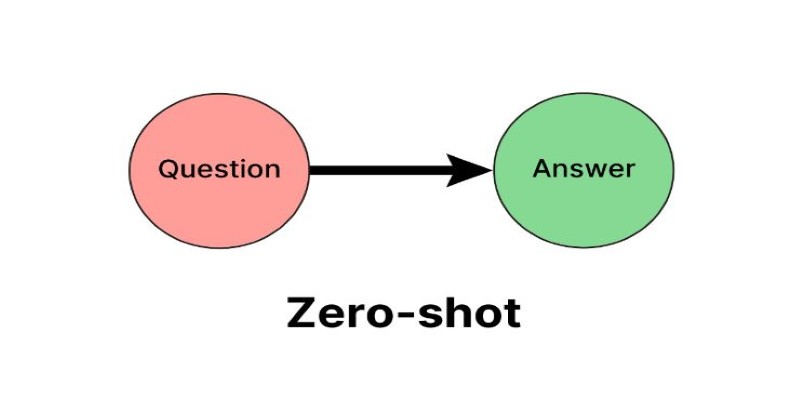
Learn what Zero Shot Prompting is, how it works, where it shines, and how you can get the best results with simple instructions for AI

Learn how to build an AI app that interacts with massive SQL databases. Discover essential steps, from picking tools to training the AI, to improve your app's speed and accuracy
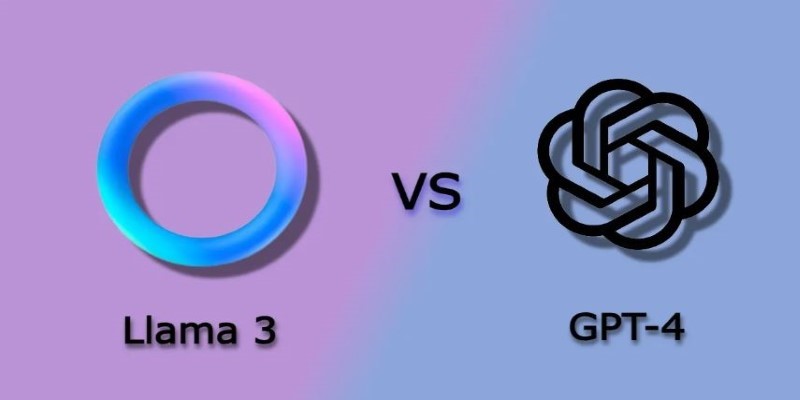
Curious about Llama 3 vs. GPT-4? This simple guide compares their features, performance, and real-life uses so you can see which chatbot fits you best
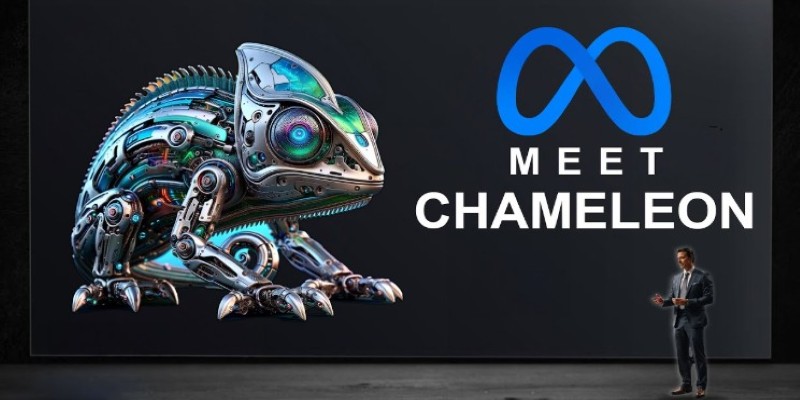
Looking for smarter AI that understands both text and images together? Discover how Meta’s Chameleon model could reshape the future of multimodal technology
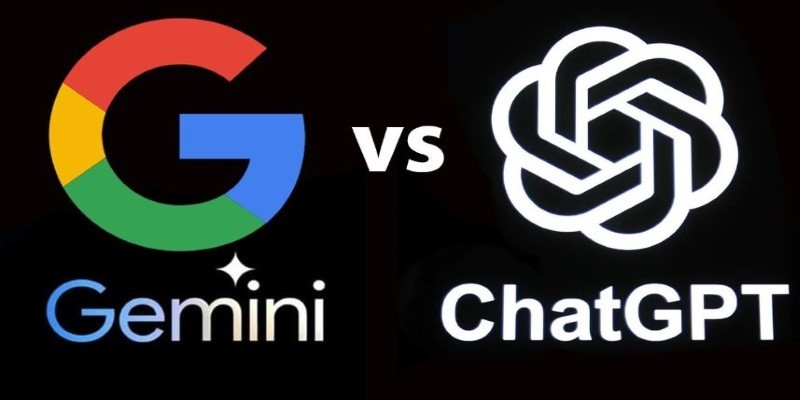
Wondering who wins in coding—ChatGPT or Gemini? This 2025 guide compares both AI chatbots to help you choose the better coding assistant
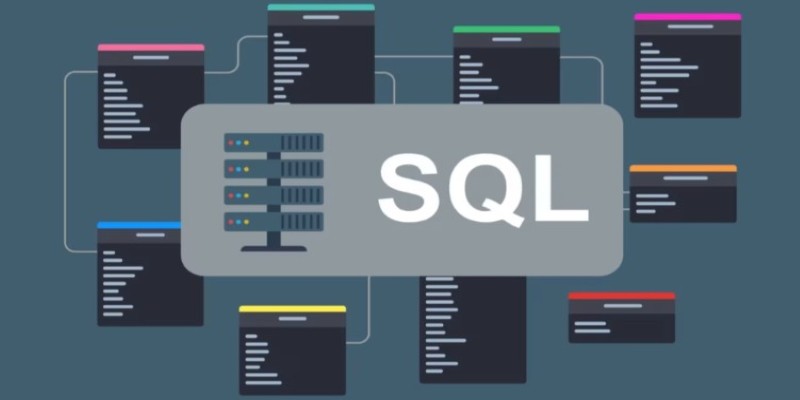
Think of DDL commands as the blueprint behind every smart database. Learn how to use CREATE, ALTER, DROP, and more to design, adjust, and manage your SQL world with confidence and ease

Wondering how numbers can explain real-world trends? See how regression analysis connects variables, predicts outcomes, and makes sense of complex data
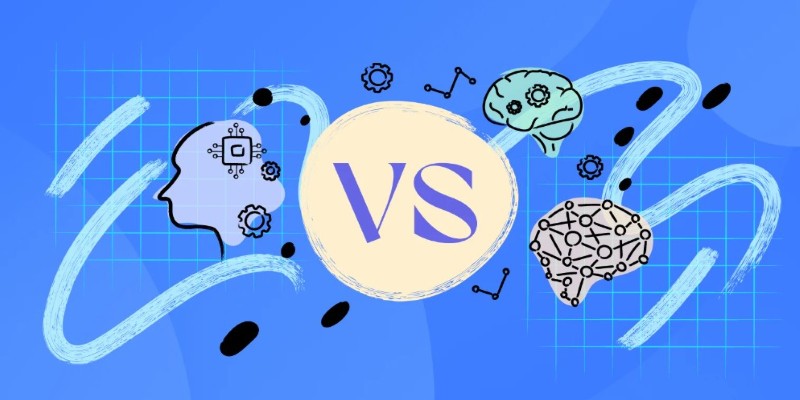
Confused about machine learning and neural networks? Learn the real difference in simple words — and discover when to use each one for your projects

Looking for a laptop that works smarter, not harder? See how Copilot+ PCs combine AI and powerful hardware to make daily tasks faster, easier, and less stressful

Learn what stored procedures are in SQL, why they matter, and how to create one with easy examples. Save time, boost security, and simplify database tasks with stored procedures